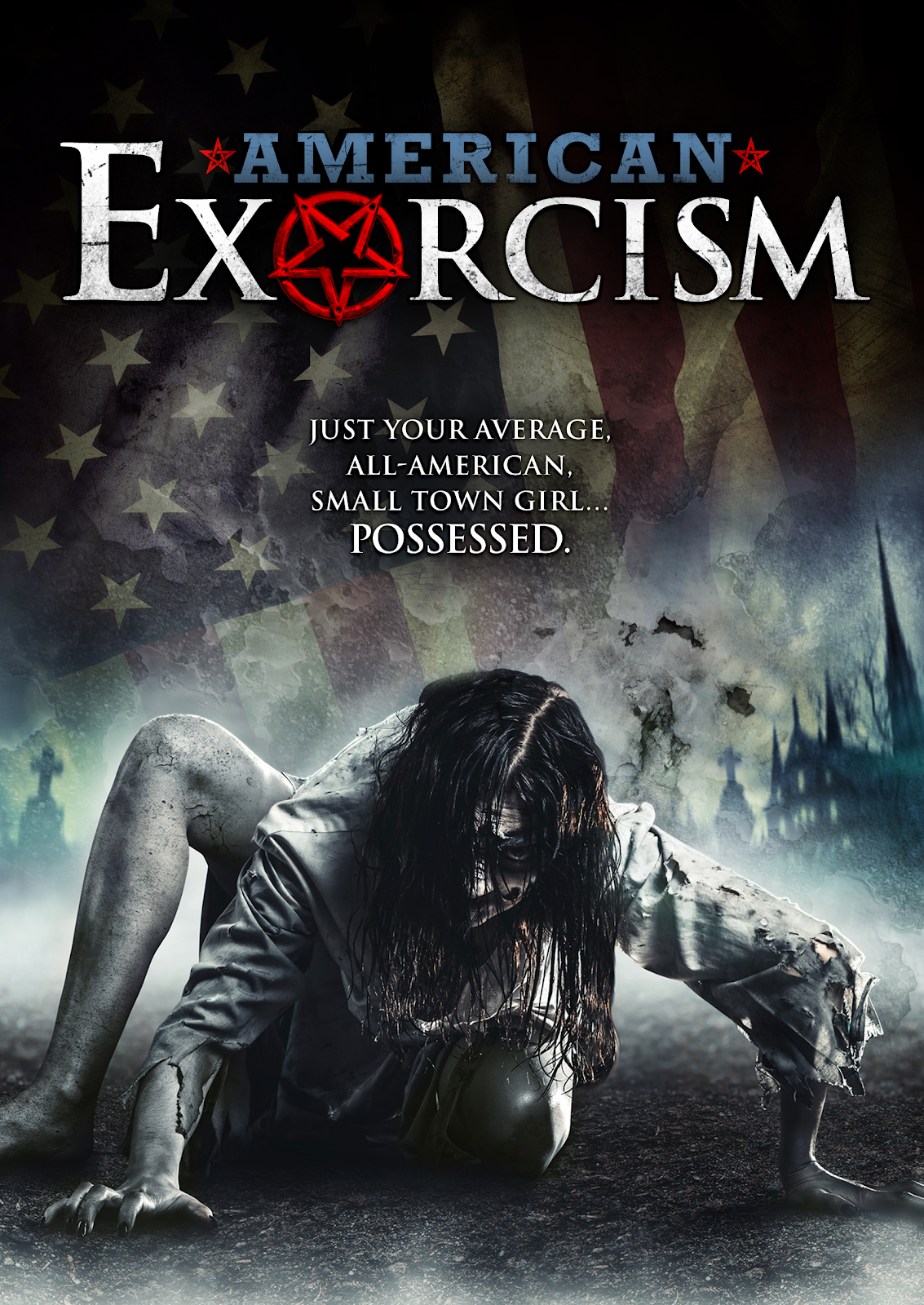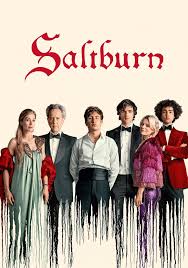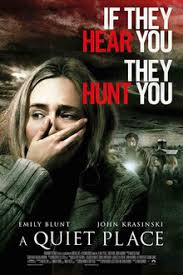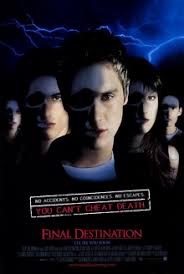Genre Research| Horror
Genre Horror
Common camera angles in your genre (CAMS) camera angles, movement, shots.
Filmmakers in the horror genre frequently employ particular camera angles, motions, and shots to evoke suspense, terror, and anxiety. The following are some typical camera angles used in horror movies
Low Angle Shots; frequently used when a scary character is revealed or when the viewer is supposed to feel exposed.
High Angle Shots; used to highlight a character's frailty or to give the impression that someone is watching them from above.
Dutch Angle (Tilted Shot); used to heighten the feeling of confusion under stressful or terrifying situations.
Point-of-View (POV) Shots; Often utilized to heighten the tension between the audience and the character during pursuit sequences or suspenseful situations.
Tracking Shots; is frequently employed to heighten suspense and tension in scenarios.
Zoom Shots; used to highlight a particular issue or heighten the effect of a scare.
Wide Shots; used to create the ideal ambiance and mood, particularly in large or outdoor venues.
Common Mis-En-Scene in your genre (CLAMPS) Mis-En-scene
The mise-en-scène is essential to establishing the mood, ambiance, and general sense of dread in the horror genre.
Color Palette; The general atmosphere of tension and terror is enhanced by the prominent use of deep reds, blues, grays, and blacks.
Lighting; An atmosphere of dread can be created by harsh lighting or striking contrasts between light and shadow.
Music and Sound Design; To evoke awe and terror, discordant music, abrupt crescendos, and subtle noises are used.
Props and Set Dressing; In a horror atmosphere, objects like abandoned toys, old photos, or other seemingly harmless objects might take on sinister symbolic meanings.
Costumes; The terror factor can be increased by using historically or culturally significant costumes, masks, or tattered apparel.
Makeup and Special Effects; Effective and realistic makeup and effects add to the terror experience.
Common Editing in your genre
Jump Cuts; Jump cuts are frequently utilized to add tension or an air of unpredictability
Cross-Cutting; used to cut between other people or events and the protagonist in a perilous scenario in order to build tension.
Flash Cuts; To portray a character's worry, anxiety, or confusion, one can use flash cuts.
Common sound in your genre
Silence; Abrupt changes in sound, particularly following a loud or violent scene, can increase suspense and increase the audience's vulnerability to fright.
Jump Scares; usually employed at pivotal moments to startle the audience and elicit a visceral response.
Ambient Sounds; Ambient noises heighten the feeling of unpredictability and add to a scene's overall spooky atmosphere.
Example films of your genres
The Shining (1980).
This movie, which is based on Stephen King's book, chronicles a family's spiral into insanity while they are lodged in a haunted hotel.
Director of The Exorcist (1973): William Friedkin
A supernatural horror movie concerning a little girl who is possessedThrough a gripping and terrifying story, this horror film tackles racism by fusing social criticism with terror. and the efforts made to drive out the demon inside of her.




Comments
Post a Comment